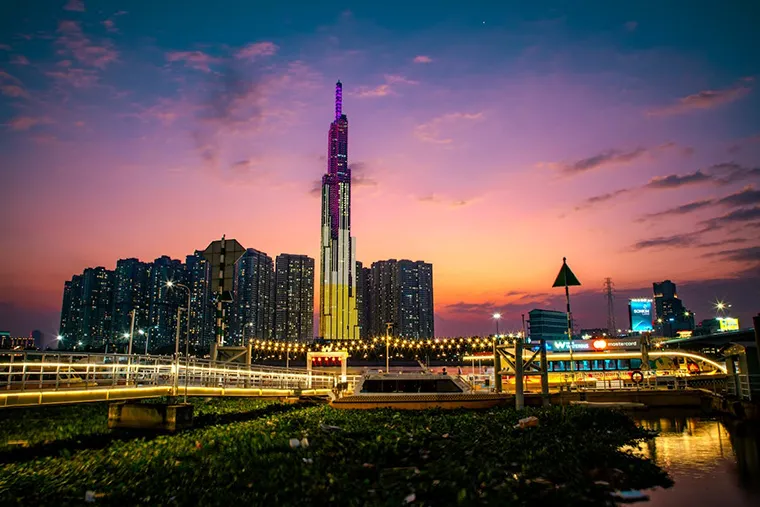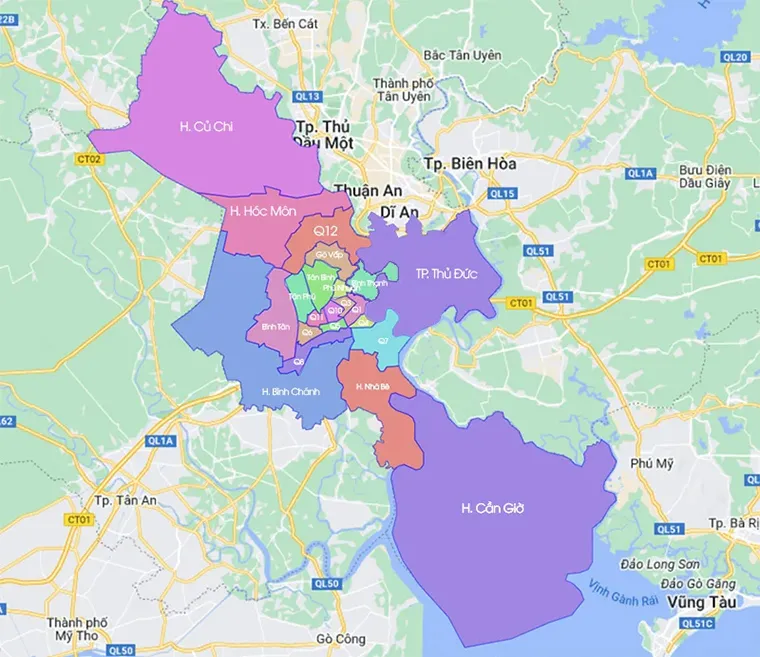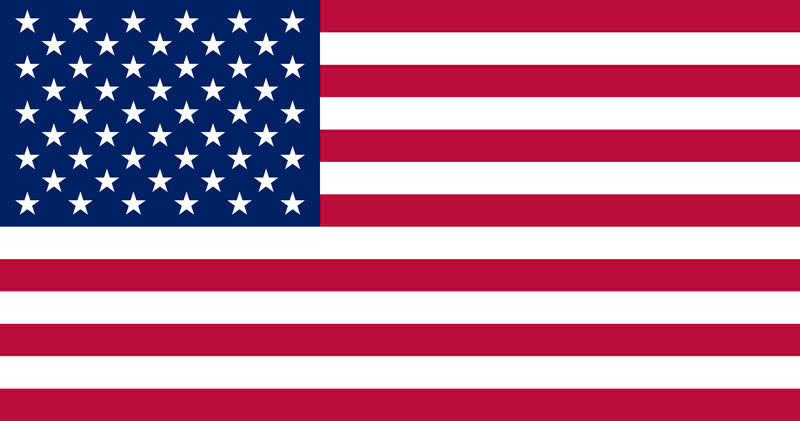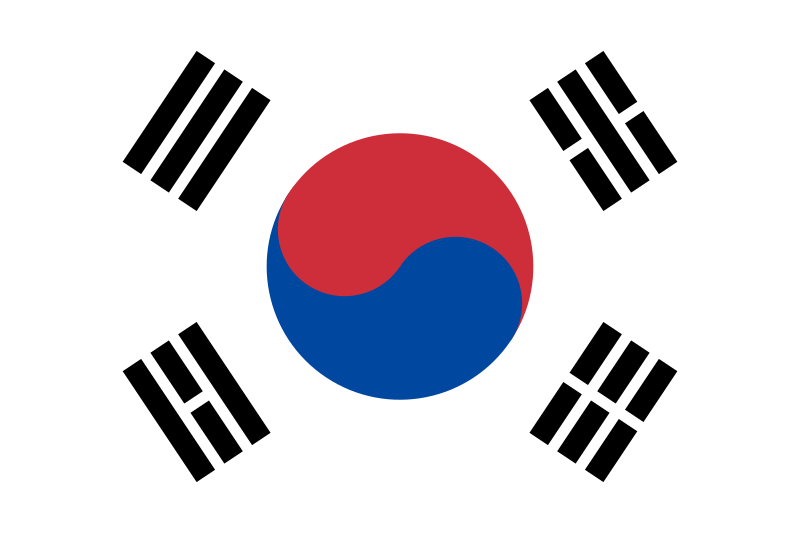What Province Is Saigon in? - Detailed Answer & Explanation
Saigon, officially known as Ho Chi Minh City, is Vietnam’s largest and most vibrant metropolis. It is located in Ho Chi Minh Province, which is an administrative unit directly under the central government rather than a traditional province. Historically, Saigon was the capital of South Vietnam before the country’s reunification in 1975. Today, it remains the economic and cultural hub of Vietnam, attracting millions of visitors with its rich history, bustling streets, and dynamic lifestyle.
1. What Province Is Saigon in?
Answer: Saigon is not located within a province. It is the former name of Ho Chi Minh City, which is a municipality (a city with provincial-level status) in Vietnam.
1.1. Origins of the Name "Saigon"
The name "Saigon" has historical and cultural roots dating back centuries. Several theories suggest its origins:
-
Khmer influence: The name may have derived from "Prey Nokor," meaning "Forest City" in Khmer, as the area was once part of the Khmer Empire.
-
Chinese influence: Another theory suggests it came from "Sai Gung," referring to a commercial area established by Chinese traders.
-
Vietnamese interpretation: Some believe it comes from "Sài" (wood) and "Gòn" (kapok tree), referring to the region’s abundant kapok trees.
1.2. The Name Change
After the reunification of Vietnam in 1976, Saigon was officially renamed Ho Chi Minh City to honor President Ho Chi Minh. However, "Saigon" remains widely used, both by locals and internationally, as a nostalgic and convenient name for the city.
1.3. Cultural Significance
Saigon/Ho Chi Minh City is often considered the heart of southern Vietnam, known for its vibrant lifestyle, diverse street food culture, and iconic landmarks like Notre-Dame Cathedral Basilica of Saigon and Ben Thanh Market.
1.4. Other Historical Names for Saigon
-
Thù Nại: Once referred to a vast area in the Southeast region, covering about 20,000–25,000 km².
-
Tân Bình District: By 1698, Saigon had shrunk to approximately 5,000 km², with the Saigon River marking its western border.
In summary, Saigon is not a province but the former name of Ho Chi Minh City, a centrally governed city in Vietnam.

Saigon is the former name of Ho Chi Minh City, which is a municipality, not a province. - Image source: Pexels
2. Why Is The Name "Saigon" Still Widely Used Today?
Despite the official name change, "Saigon" continues to be widely used in daily conversations and for several reasons:
-
Habit and familiarity: The name "Saigon" has been in use for centuries, and old habits take time to change.
-
Short and easy to remember: "Saigon" is shorter and easier to say compared to "Ho Chi Minh City."
-
Historical and cultural identity: The name "Saigon" carries deep historical and cultural significance.
-
Distinguishing the city center: Locals often use "Saigon" to refer specifically to the downtown area, differentiating it from suburban districts.
-
Literature, music, and films: Many works of literature, music, and cinema still use "Saigon," reinforcing its cultural imprint.
-
Tourism appeal: The name "Saigon" is more recognizable internationally and is often used in travel marketing.
Because of this, some people mistakenly believe that "Saigon" is still the official name or a secondary name for the city.

Even though the official name is Ho Chi Minh City, “Saigon” is still prevalent in daily conversation. - Image source: Pexels
3. Information about "Saigon”, Currently Known as Ho Chi Minh City
Ho Chi Minh City is located in southern Vietnam, within the Southeast region. It does not belong to any province but is one of five centrally governed cities in Vietnam.

Map of districts and cities of Ho Chi Minh City. - Image source: Law Library
Area and Administrative Divisions
-
Total area: Over 2,095 km²
-
Districts: The city consists of 16 urban districts, 1 municipal city and 5 rural districts. (For a detailed breakdown, refer to our article: "How many districts are in Saigon?")
Role of Ho Chi Minh City
Ho Chi Minh City is Vietnam’s largest economic, cultural, educational, and technological hub. Some key statistics:
-
Population: Over 9 million residents (2024 estimate)
-
GDP contribution: Roughly 23% of Vietnam’s GDP
-
Major industries: Finance, technology, manufacturing, and logistics
Popular Attractions in Ho Chi Minh City
For visitors, Ho Chi Minh City offers a mix of historical landmarks and modern attractions:
-
Ben Thanh Market – A bustling marketplace with local food and souvenirs
-
Notre-Dame Cathedral Basilica of Saigon – A French colonial-era cathedral
-
Independence Palace (Reunification Palace) – A historic site linked to Vietnam’s reunification
-
War Remnants Museum – Showcasing Vietnam’s war history
-
Nguyen Hue Walking Street – A lively pedestrian street with cafes and performances
-
Bitexco Financial Tower – Offering panoramic views of the city skyline
Saigon is not a province but the former name of Ho Chi Minh City, a centrally governed metropolis in Vietnam. While its official name has changed, "Saigon" remains widely used due to its historical, cultural, and practical significance. Whether you're exploring its vibrant streets, historic landmarks, or thriving business districts, Ho Chi Minh City - known fondly as Saigon - continues to be the dynamic heart of southern Vietnam.
|
Joytime - Your Vietnam Journey's Servant Expert Follow us for travel tips, local insights, and exclusive offers:
|














